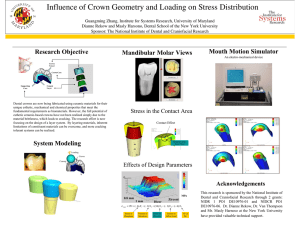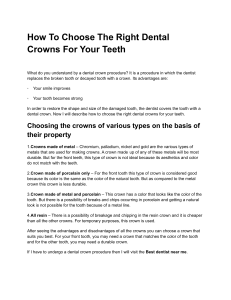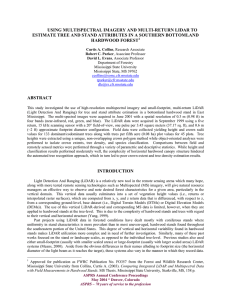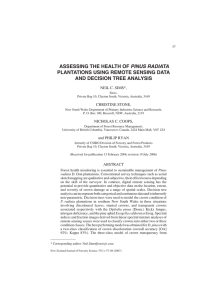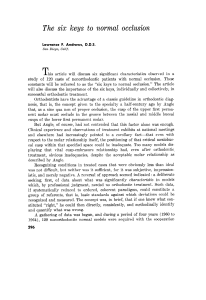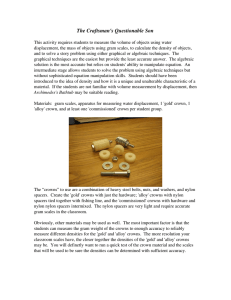Document 13378252
advertisement
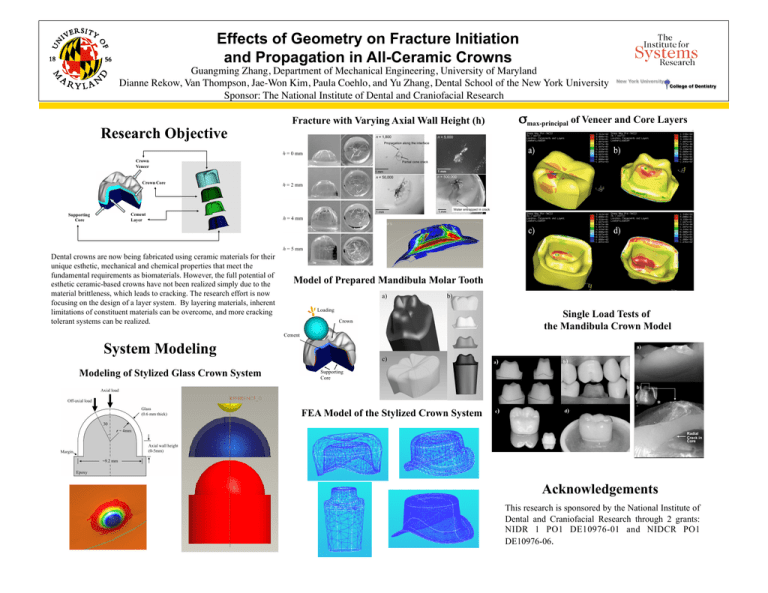
Effects of Geometry on Fracture Initiation and Propagation in All-Ceramic Crowns Guangming Zhang, Department of Mechanical Engineering, University of Maryland Dianne Rekow, Van Thompson, Jae-Won Kim, Paula Coehlo, and Yu Zhang, Dental School of the New York University Sponsor: The National Institute of Dental and Craniofacial Research Research Objective Fracture with Varying Axial Wall Height (h) σmax-principal of Veneer and Core Layers Crown Veneer Crown Core Supporting Core Cement Layer Dental crowns are now being fabricated using ceramic materials for their unique esthetic, mechanical and chemical properties that meet the fundamental requirements as biomaterials. However, the full potential of esthetic ceramic-based crowns have not been realized simply due to the material brittleness, which leads to cracking. The research effort is now focusing on the design of a layer system. By layering materials, inherent limitations of constituent materials can be overcome, and more cracking tolerant systems can be realized. Model of Prepared Mandibula Molar Tooth Loading Crown Single Load Tests of the Mandibula Crown Model Cement System Modeling Modeling of Stylized Glass Crown System Supporting Core FEA Model of the Stylized Crown System Radial Crack in Core Acknowledgements This research is sponsored by the National Institute of Dental and Craniofacial Research through 2 grants: NIDR 1 PO1 DE10976-01 and NIDCR PO1 DE10976-06.
